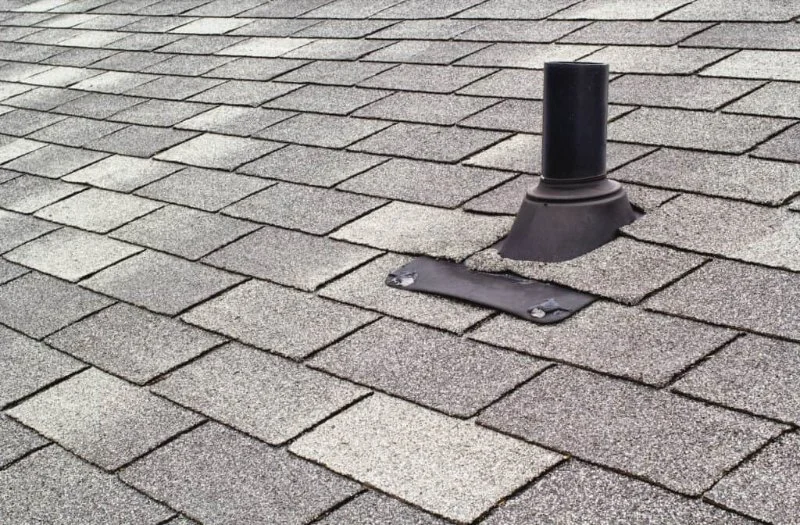
How to Install a Roof Vent for a Gas Water Heater or Furnace
- Why Proper Venting is Crucial for Gas Water Heaters and Furnaces
- Choosing the Right Roof Vent for Your Gas Water Heater or Furnace
- Step-by-Step Guide to Installing a Roof Vent
- Common Mistakes to Avoid When Installing a Roof Vent
- Maintaining Your Roof Vent: Tips for Longevity
Why Proper Venting is Crucial for Gas Water Heaters and Furnaces
Proper venting is essential for the safe and efficient operation of gas water heaters and furnaces. These appliances produce combustion gases that need to be safely directed outside your home. Without an adequate venting system, these gases, including carbon monoxide, can build up inside your home, creating serious health and safety risks.
In addition to safety, proper venting ensures that your appliance operates at peak efficiency, reducing energy costs and extending the lifespan of the unit. Whether you're installing a new system or replacing an existing one, understanding the importance of a roof vent is key to a successful installation.
Choosing the Right Roof Vent for Your Gas Water Heater or Furnace
Before you begin the installation process, it's important to select the right roof vent. The vent you choose will depend on several factors, including the size of your appliance, the type of fuel it uses, and your local climate conditions.
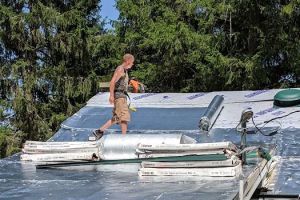
A Plus Metal Roofing Specialists
HarrisburgDauphin CountyPennsylvania
6022 Linglestown Rd, Harrisburg, PA 17112, USA
1. Types of Roof Vents
There are several types of vents to choose from:
- Roof Jack Vents: These are simple, commonly used vents that are installed directly into the roof. They work well for most gas appliances.
- Power Vents: These vent systems use a fan to force gases out of the home, ideal for homes with longer duct runs or more complex setups.
- Direct Vent Systems: These systems allow for both intake and exhaust gases to be expelled through a sealed pipe, reducing the risk of air contamination.
2. Sizing the Vent
The size of the vent pipe is crucial to the safe and efficient operation of your appliance. A vent that is too small will not allow gases to escape properly, while a vent that is too large may reduce the efficiency of your system. Refer to the manufacturer’s specifications for the correct vent size based on your appliance’s BTU rating.
Step-by-Step Guide to Installing a Roof Vent
Once you've selected the appropriate roof vent, it’s time to start the installation process. Follow these steps for a successful installation:

Chase Commercial Roofing Flat Roof Specialist LLC
Woodland ParkPassaic CountyNew Jersey
256 Bergen Blvd Ste 301, Woodland Park, NJ 07424, USA
1. Gather the Necessary Tools and Materials
Before you begin, ensure you have all the tools and materials required, including:
- Roof vent kit (includes vent cap, flashing, and vent pipe)
- Measuring tape
- Drill with hole saw attachment
- Sealant and caulk
- Roofing nails or screws
- Ladder and safety equipment
2. Mark the Vent Location
Using the manufacturer’s instructions, measure and mark the spot on the roof where the vent will be installed. Ensure the vent is positioned away from windows, doors, or other openings to prevent exhaust gases from re-entering the home.
3. Cut the Hole in the Roof
Using a hole saw, carefully cut the hole in the roof for the vent pipe. Make sure the hole is large enough to accommodate the vent pipe without forcing it through. If your roof has shingles, take care to lift them gently to avoid damage.
4. Install the Vent Pipe and Flashing
Insert the vent pipe through the hole and secure it in place with sealant and roofing nails. Place the flashing around the vent to create a waterproof seal, then secure it with nails or screws. Ensure the vent is angled correctly to allow for optimal airflow.
5. Test the Vent
Once the vent is installed, turn on the gas appliance to test the venting system. Check for any signs of leakage or improper exhaust flow. You may need to adjust the vent or pipe slightly to ensure proper function.
Common Mistakes to Avoid When Installing a Roof Vent
While installing a roof vent may seem straightforward, there are several common mistakes to watch out for:
1. Improper Vent Sizing
Using a vent that is too small or too large can lead to poor performance or even dangerous backdrafting of exhaust gases. Always follow the manufacturer’s guidelines for vent sizing.
2. Inadequate Sealing
Failing to properly seal the vent or flashing can result in leaks, which can lead to water damage or decreased efficiency. Be sure to use high-quality sealants and check for gaps after installation.
3. Incorrect Placement
Positioning the vent too close to windows, doors, or air intakes can cause exhaust gases to re-enter your home. Ensure the vent is placed according to local building codes and manufacturer specifications.
Maintaining Your Roof Vent: Tips for Longevity
To ensure your roof vent continues to function properly, regular maintenance is essential. Here are some tips for keeping your roof vent in top condition:
1. Regular Inspections
Inspect the vent regularly for signs of wear or damage. Check for any cracks, rust, or loose parts, especially after severe weather conditions like storms or heavy snow.
2. Clean the Vent
Debris can accumulate inside the vent pipe, reducing its efficiency. Clean the vent at least once a year, or more frequently if you notice a decrease in performance.
3. Check for Proper Ventilation
Ensure that the vent is free from obstructions both inside and outside. A blocked vent can cause exhaust gases to back up into your home, creating a serious health hazard.
For more roofing and ventilation tips, visit [BeachCo Roofing Hub] for expert advice and product recommendations tailored to your needs.

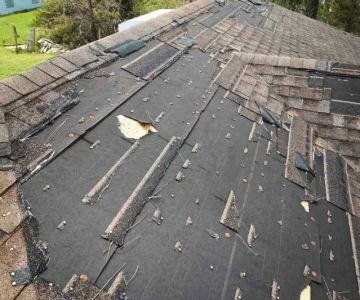
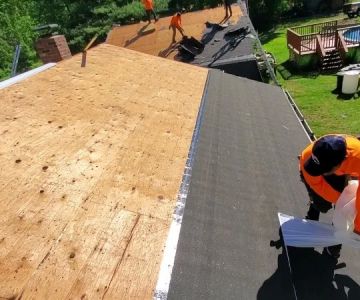

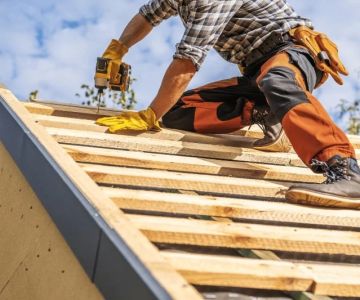


 Ashmen Installations Inc.5.0 (59 reviews)
Ashmen Installations Inc.5.0 (59 reviews)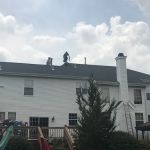 Classic Remodeling4.0 (55 reviews)
Classic Remodeling4.0 (55 reviews)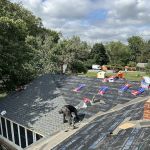 Patriot Roofers5.0 (2 reviews)
Patriot Roofers5.0 (2 reviews) J P Construction Inc.5.0 (10 reviews)
J P Construction Inc.5.0 (10 reviews) American Roofworx LLC5.0 (3 reviews)
American Roofworx LLC5.0 (3 reviews)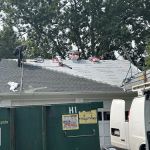 JP Carroll Roofing4.0 (111 reviews)
JP Carroll Roofing4.0 (111 reviews) Roof Algae Stain Removal: Why Pressure Washing is a Bad Idea
Roof Algae Stain Removal: Why Pressure Washing is a Bad Idea The Best Roofing Materials for a Mid-Century Modern Home
The Best Roofing Materials for a Mid-Century Modern Home The Average Cost of a Roof Warranty Extension Beyond Standard Terms
The Average Cost of a Roof Warranty Extension Beyond Standard Terms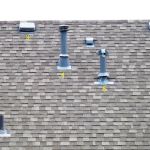 How to Install a Roof Vent for a Gas Water Heater or Furnace
How to Install a Roof Vent for a Gas Water Heater or Furnace Dealing with Roof Mold and Mildew: Cleaning and Health Considerations
Dealing with Roof Mold and Mildew: Cleaning and Health Considerations The Lifespan of a Roof in a Hurricane-Prone Area: Key Factors and Tips
The Lifespan of a Roof in a Hurricane-Prone Area: Key Factors and Tips